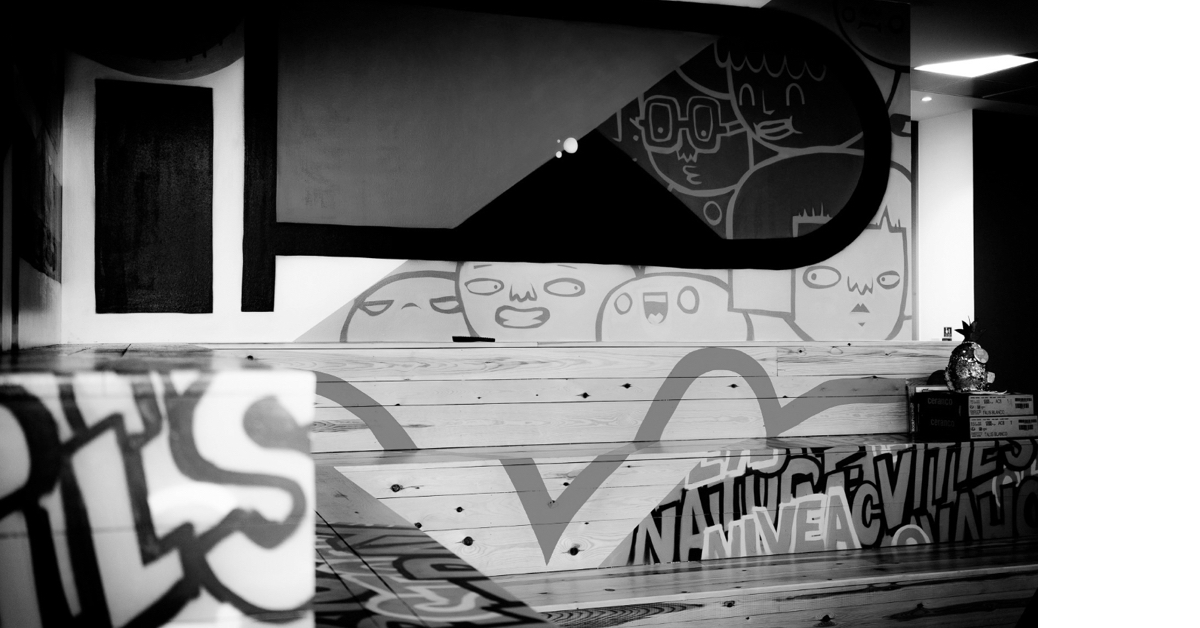
The claimant in this action, George East Housewares Ltd (“
GEH”), owns the widely recognised UK brand ‘TALA’ which has been used in relation to conical kitchen measuring cups since 1934. The cups are known for their conical shape with a small curved base. In 2013, GEH became aware that the defendants had starting manufacturing and selling highly similar conical measuring cups. GEH engaged in some pre-action correspondence with the defendants and secured their agreement that the goods complained of would not be restocked. However, upon discovering in mid-2015 that the defendants had in fact taken delivery of a further 2000 cups of the same shape, albeit that these had an alternative design on the exterior, GEH then issued proceedings for passing-off in the Intellectual Property Enterprise Court (IPEC) In pursuing their passing-off claim, GEH had to demonstrate the ‘classic trinity’ of elements from the
Jif Lemon case, these being the existence of:
- goodwill in the shape or get-up of the cup (which excluded use of the brand name TALA);
- misrepresentation to purchasers that the goods were from or associated with GEH;
- damage suffered by GEH as a result.
- the conical shape of the cup with its shiny finish and circular base;
- the stripey get-up of the exterior of the cup; and
- the get-up of the interior of the cup including the display of vertical measurement tables.
Tags
Food & Drink /
Trademarks /
Disputes
Found this article interesting today?
Send us your thoughts:
Send us your thoughts:
Would you like to read more articles like this?
Stobbs IP Limited
Building 1000
Cambridge Research Park
CB25 9PD
Building 1000
Cambridge Research Park
CB25 9PD
Tel. 01223 435240
Fax. 01223 425258
info@iamstobbs.com
Fax. 01223 425258
info@iamstobbs.com
Website Terms & Conditions
Privacy policy
German office legal notice
Cookie Declaration
Complaints Policy
Copyright © 2022 Stobbs IP
Privacy policy
German office legal notice
Cookie Declaration
Complaints Policy
Copyright © 2022 Stobbs IP
Stobbs (IP) Limited, trading as Stobbs, registered in England and Wales, Company number 08369121.
Registered Office: Building 1000, Cambridge Research Park, Cambridge, CB25 9PD.
VAT Number 155 4670 01.
Stobbs (IP) Limited and its directors and employees who are registered UK trade mark attorneys are regulated by IPReg www.ipreg.org.uk
Registered Office: Building 1000, Cambridge Research Park, Cambridge, CB25 9PD.
VAT Number 155 4670 01.
Stobbs (IP) Limited and its directors and employees who are registered UK trade mark attorneys are regulated by IPReg www.ipreg.org.uk

